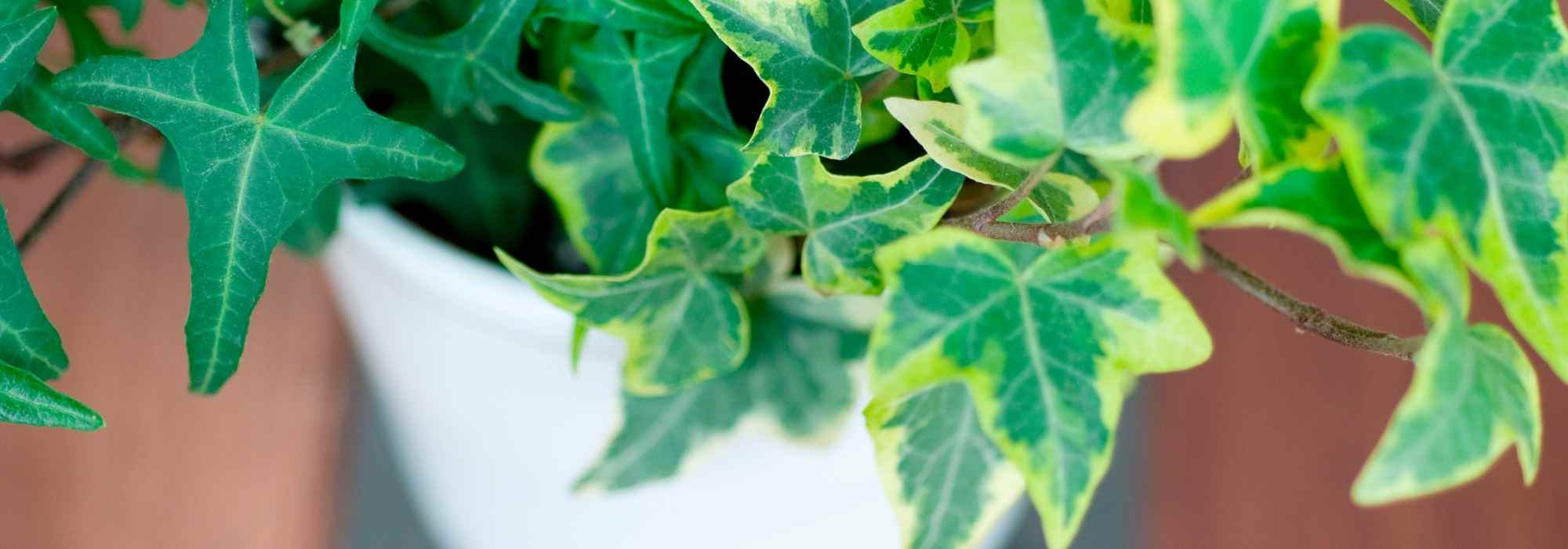
How to grow ivy in a pot?
Planting and care tips
Contents
Creeping or climbing plant that thrives in all types of soil, ivy is known for its ability to easily cling to walls and low walls, thanks to the climbing roots on its stems. Often regarded as invasive, it grows very quickly, except for the varieties with small growth. Its evergreen foliage is highly decorative, and its white or yellow-green flowering attracts bees and other pollinating insects. But did you know that ivy can also be grown in pots? Just choose the right variety and plant it in hanging baskets or containers, following a few simple tips to ensure its flourishing.
Which varieties of ivy should you choose for pot cultivation?
Belonging to the Araliaceae family, ivy comprises around ten species, which have given rise to hundreds of varieties – both creeping and climbing. While the majority are grown in the ground, some smaller varieties thrive in pots, enhancing your plant displays or hanging arrangements.
Here are some varieties perfect for pot cultivation:
Characterised by its small, 5-lobed leaves, this medium green/cream variegated ivy has a very compact growth of about 60 cm, making it perfectly suited for pot cultivation.
Characterised by elongated 5-lobed leaves in a soft green with lighter veins, this variety is perfect for a wild and refined composition.
A small-growing variety that does not exceed 1.5 m, this decorative ivy features beautiful bright green, glossy foliage, crinkled and cut into pointed lobes with wavy and frizzy edges.
Perfect for hanging pots, this ivy offers small green-grey and silver foliage that can also cling to a trellis on a balcony.
Unlike other varieties, this decorative ivy does not climb: it features curious heart-shaped green leaves on upright stems.
Bright and decorative, this variegated ivy displays light grey-green foliage, tinged with yellow that turns cream at ripeness. With its modest growth, it is perfect as an ornamental ivy for small spaces, terraces, or balconies.
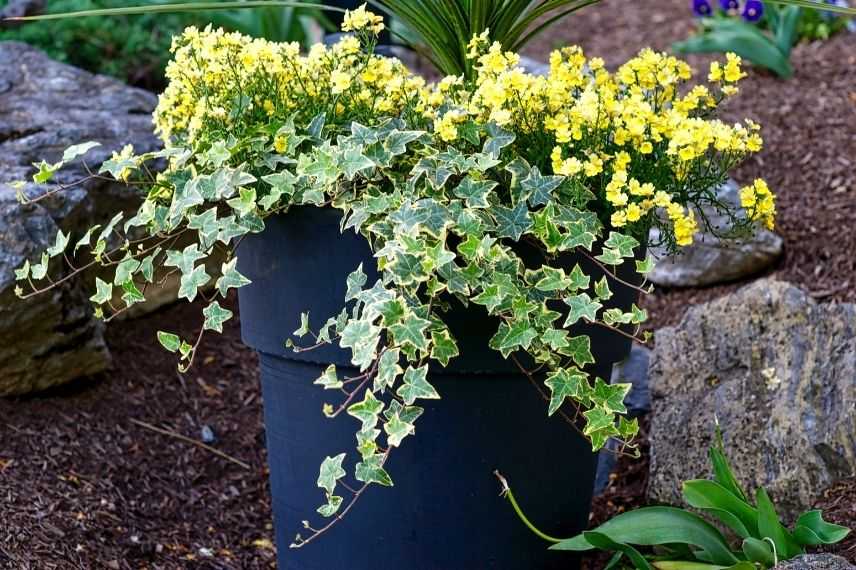
Variegated ivy with yellow alongside yellow wallflower
How to choose the right type of pot?
On a terrace or balcony, ivy can thrive in a pot, at the heart of a hanging arrangement, or in a planter (or trough).Choose a pot that is 20 to 30 cm. The material (ceramic, terracotta, etc.) doesn’t matter; it’s important to opt for a pot with drainage holes at the bottom or a hanging arrangement where water can drain naturally. If you want to train it, consider using a trellis to manage its growth and facilitate pruning (while ensuring it doesn’t invade your neighbour’s space!).
Patricia’s tip: For a planter that remains attractive throughout the year, feel free to combine ivy with erysimums, heathers, heucheras, or violas.
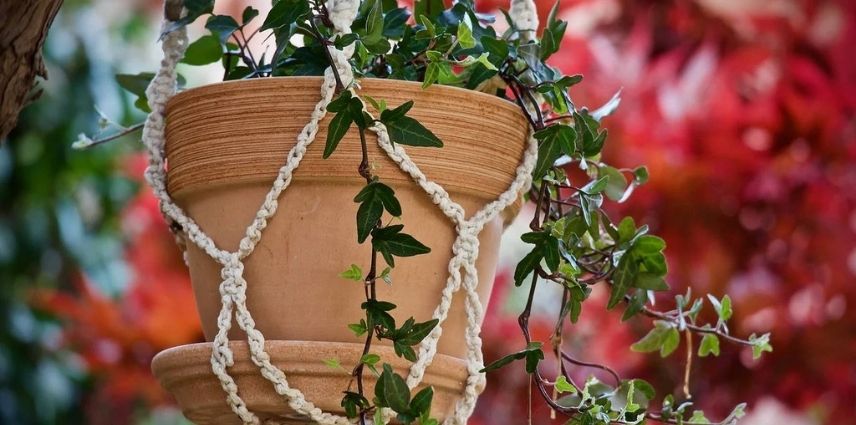
Ivy in suspension
Discover other Hedera - Ivy
View all →Available in 1 sizes
Available in 3 sizes
Available in 1 sizes
Available in 1 sizes
Available in 2 sizes
Available in 1 sizes
Available in 1 sizes
Available in 2 sizes
Available in 1 sizes
Available in 1 sizes
When and how to plant ivy in a pot?
When to plant?
You can plant in autumn (September to November) or in late winter, early spring (February/March).
How to plant?
To successfully plant a potted ivy:
- Thoroughly hydrate the root ball by immersing it in a bucket for a few minutes;
- Place a layer of clay balls (or other draining material) at the bottom of the pot, about 2 to 3 cm;
- Add a bit of a mix of potting soil and garden soil;
- Position the ivy so that the root ball is level with the top, then fill the empty spaces with substrate;
- Finally, water generously.
How to water potted ivy?
Ivy is quite adaptable, as long as the substrate is kept fresh and well-drained. Allow the surface to dry between waterings. The frequency can be reduced in autumn when temperatures are around 10 to 15°C, and you can even let the substrate dry completely between waterings. Do not leave water in the saucer.
What about fertiliser?
While not essential, you can add organic fertiliser every two months during the growth period, from March to October. Do not amend in winter. Be careful, excess fertiliser can cause variegated specimens to turn green. Stop all feeding and remove the green leaves.
Good to know: extremely hardy, potted ivy placed on a terrace or balcony can withstand cold climates, with negative temperatures (down to -15°C generally, or even lower for some species).
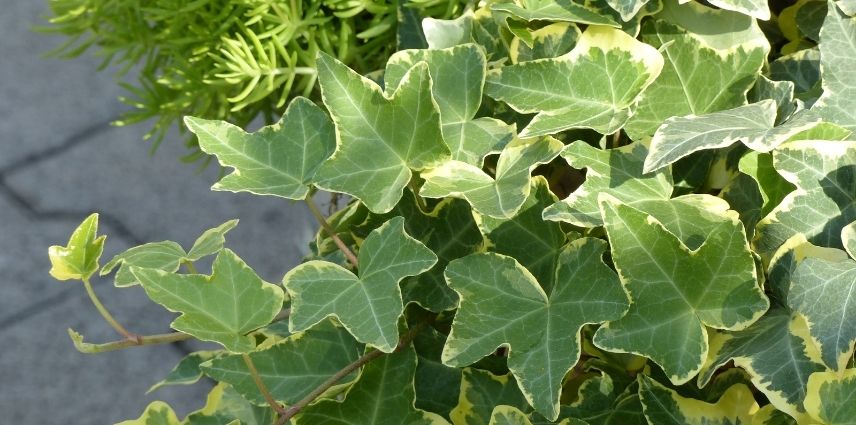 Variegated ivy ‘Yellow Ripple’ in a pot
Variegated ivy ‘Yellow Ripple’ in a pot
Read also
How to make an ivy kokedama?How to care for it and bring it indoors?
How to prune ivy in a pot?
Potted ivy requires very little maintenance. Its pruning simply involves controlling its growth: it should be done once or twice a year, preferably in autumn, by shortening old stems, for example. Regular pruning, by pinching back the yellow stems to encourage ramification, also helps maintain control.
If your ivy is variegated, remember to remove any stems that lack variegated leaves.
When and how to repot?
Repot when you notice that the plant is cramped in its pot, generally every 2 to 3 years. Preferably do this in autumn or spring.
- Subscribe!
- Contents
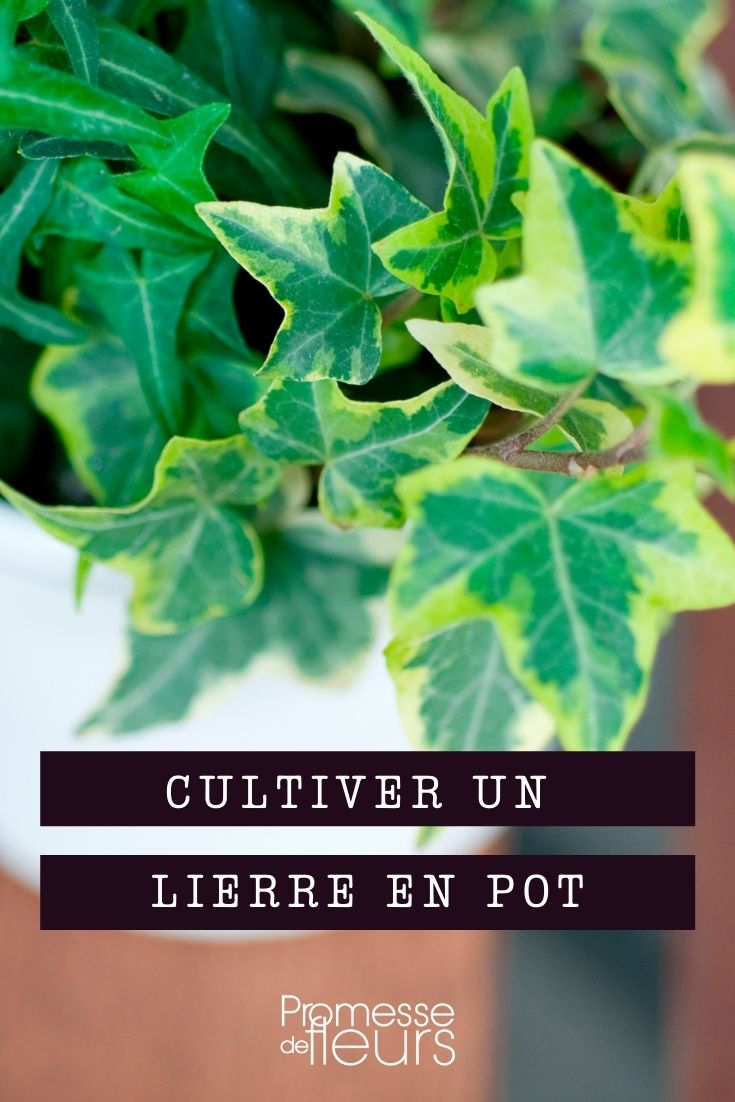































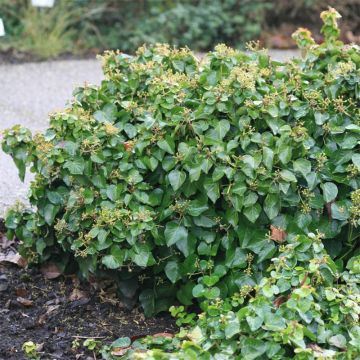
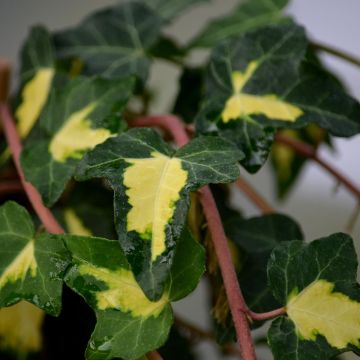
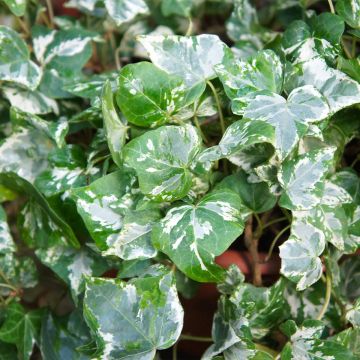
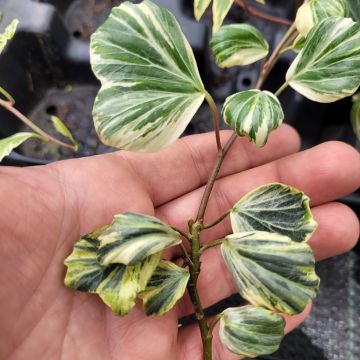
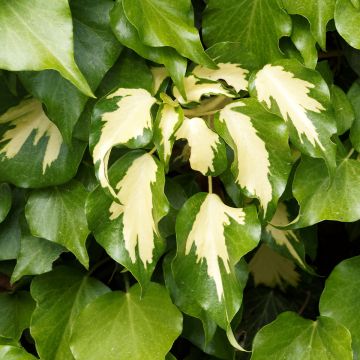
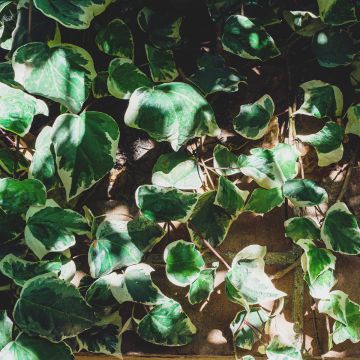
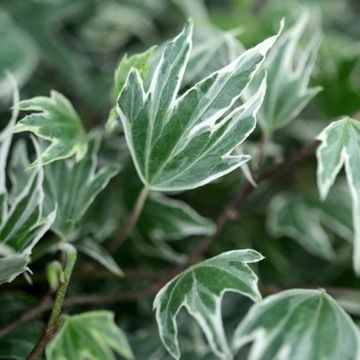
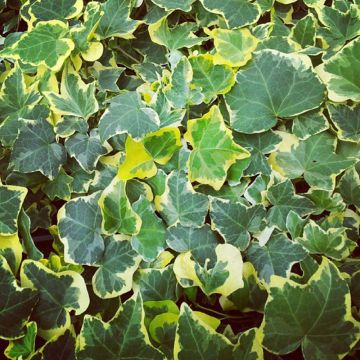
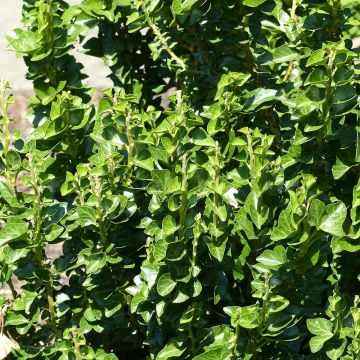
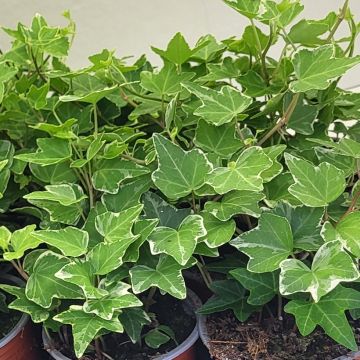
Comments